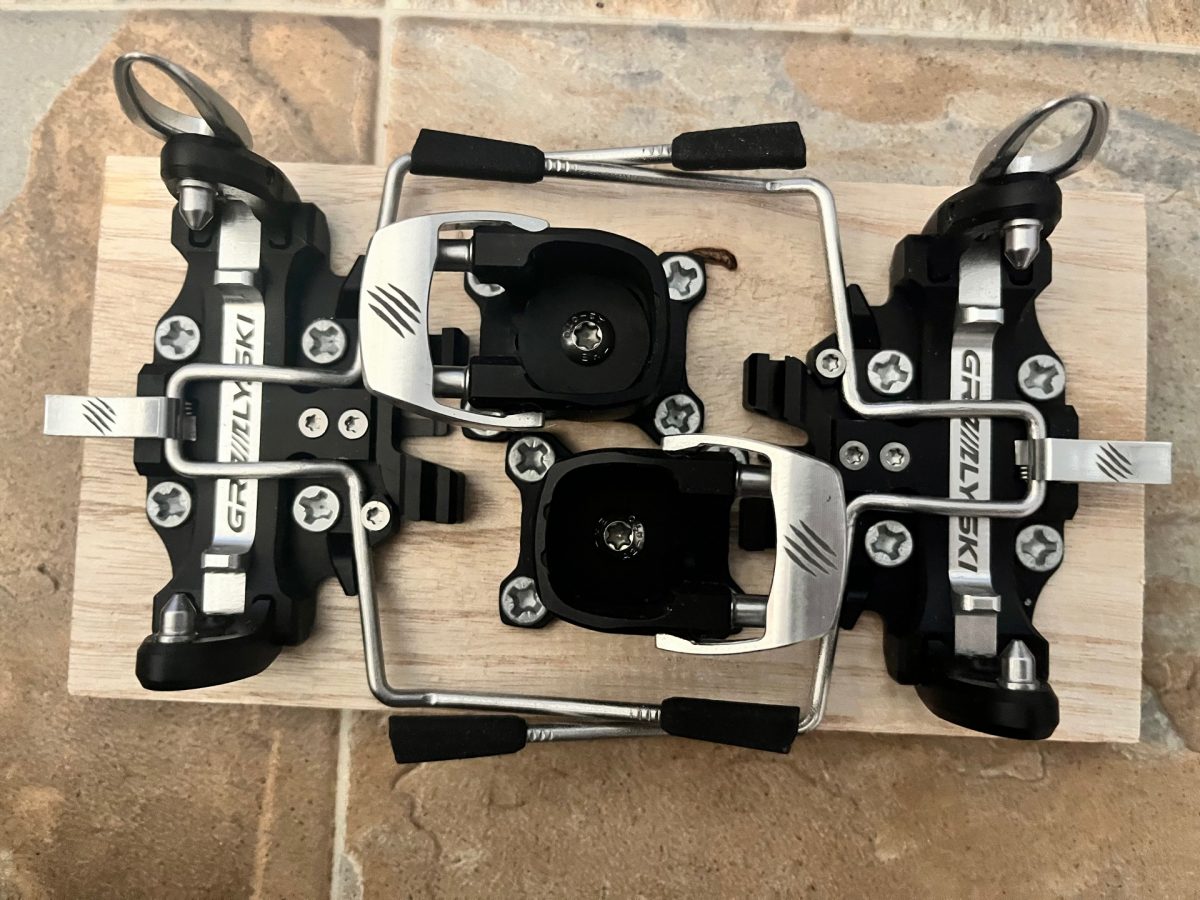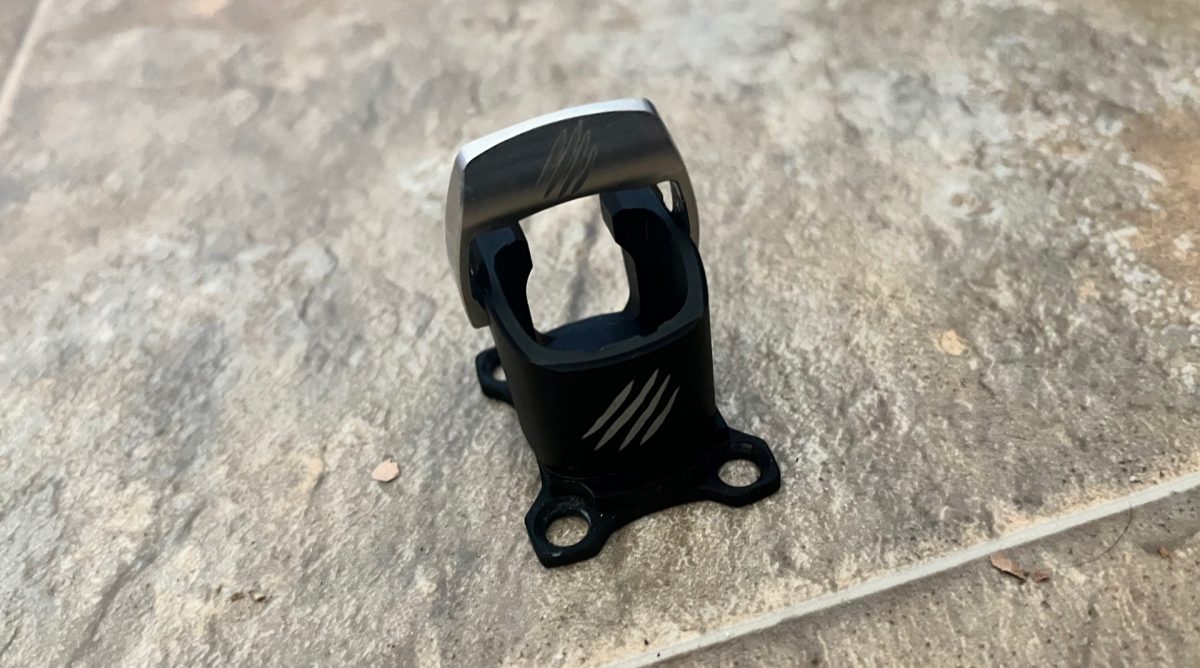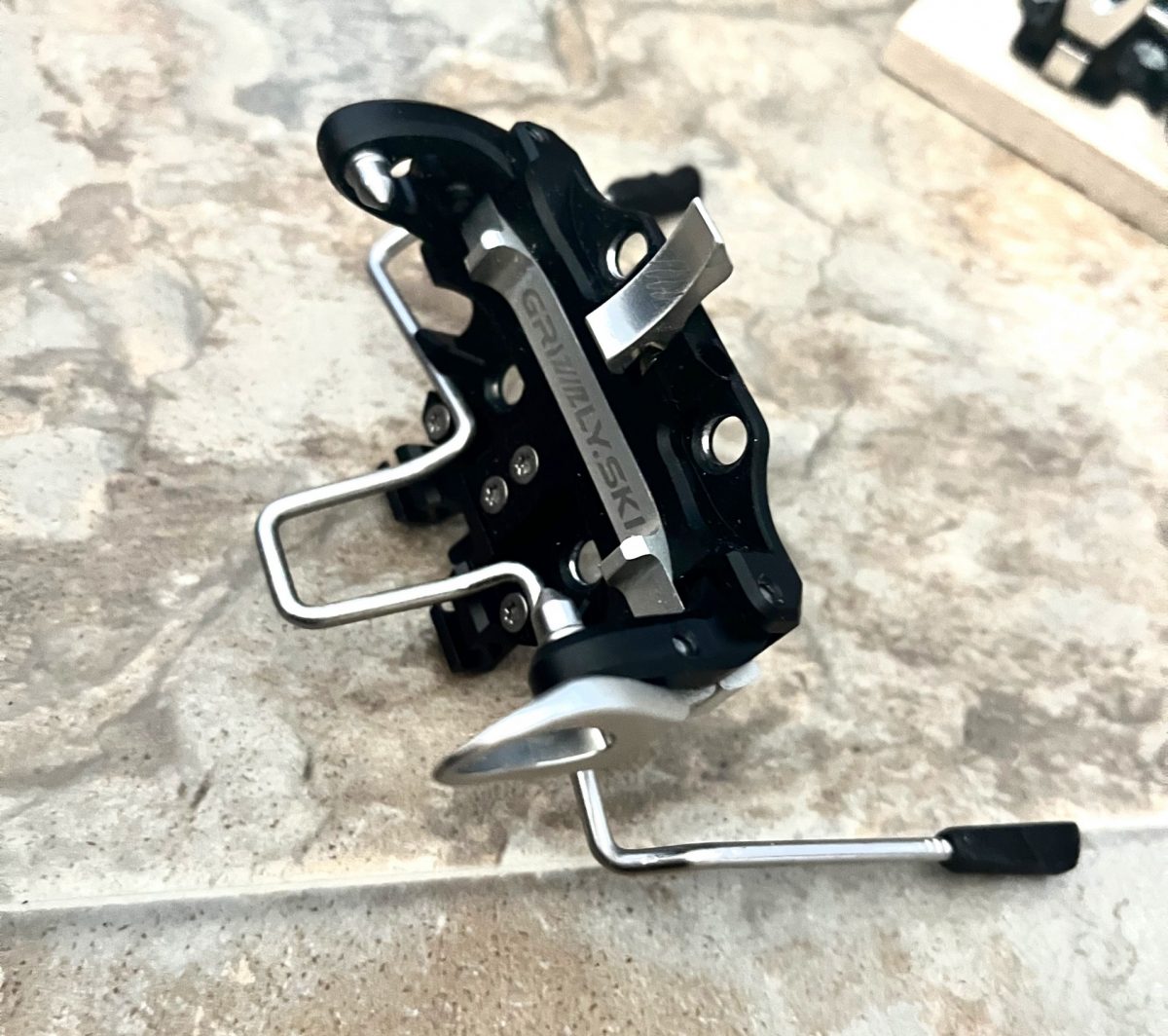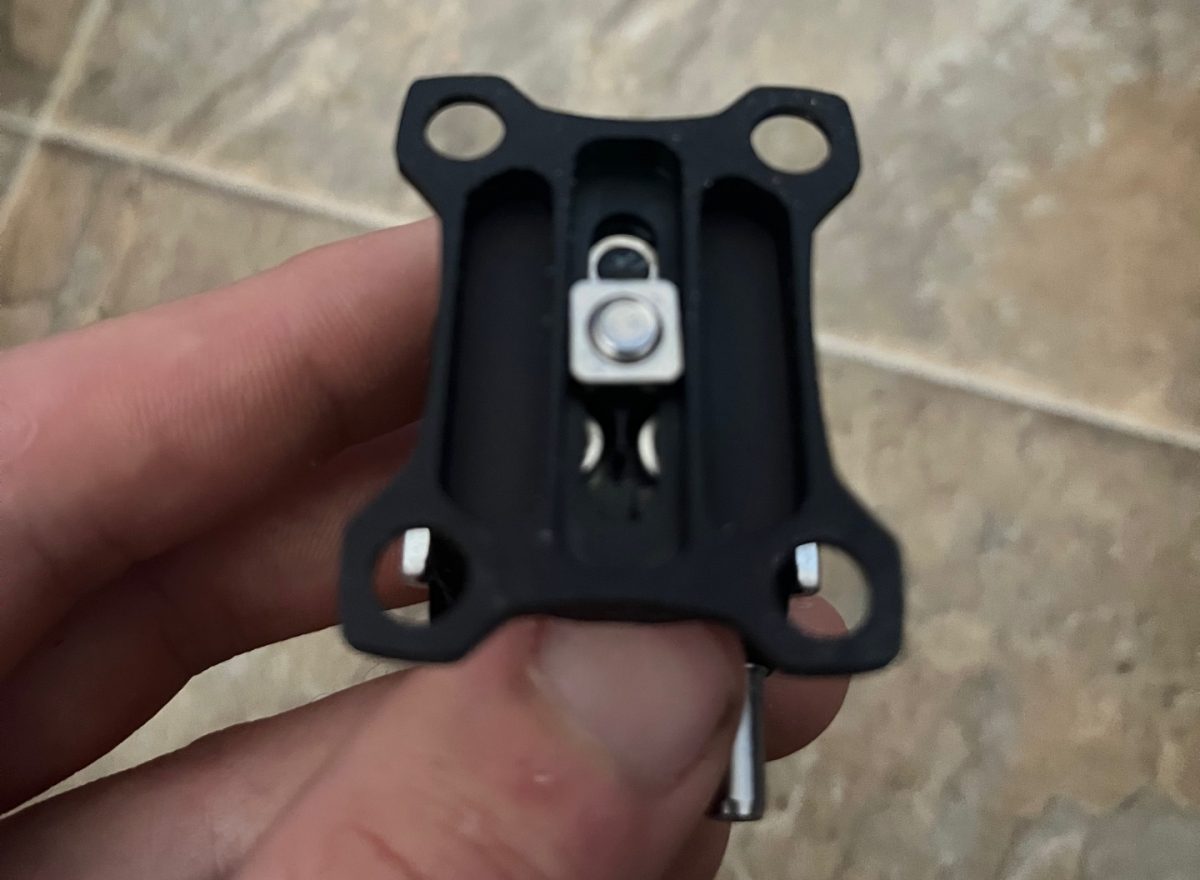
Grizzly has engineered a small and soon-to-be-tested unit in the Olympic GR. We’ll be mounting the bindings up soon on a lightweight ski to, of course, compliments the Olympic GR’s sweet spot.
Proof of concept is laid bare in the mountains. Slovakia’s Grizzly ski bindings has made inroads with the skimo set and have their eyes set on bringing a rethink to how a tech binding should look and operate. We’re checking out the Grizzly.Ski GR Olympic and ensuring it’s mountainworthyness. Here’s a first look.
I first noticed Grizzly bindings popping up around 2020 – they are hard to ignore as they have a unique take on a tech toe design that is a meaningful departure from the classic Dynafit design. Grizzly opened its doors in 2017, based in Slovakia, they gained international acclaim winning an ISPO Gold award in 2020 for the binding reviewed here, the GR Olympic.
Grizzly has its roots in the Skimo racing world, laying claim to the lightest binding in the world at 48g/binding. In my hands now is a much more reasonable 120g GR Olympic, “for passionate ski mountaineers with the highest ambitions.”
The Toe Unit
We are seeing brakes pop up more and more on race bindings as the ISMF rules now require brakes in addition to many ski areas with uphill access mandating retention devices. Both the Olympic and the 98g GR 98 binding feature a slick toe brake that seems as unobtrusive as anything out there – good timing for Grizzly to enter the market at the right moment to fulfill these brake needs.
As I tinker and read the user manual, it dawns on me that with a major design departure, I will have to relearn both how to set up and use these bindings relative to more standard tech bindings. The Olympic binding has a clever pin spacing system called GRIZZLY.FLEX that is adjusted for each boot’s unique fitting width and fitting wear.
Most obviously, the step-in process is totally different than other bindings. I’m slightly concerned that it will be more challenging, especially in steep or awkward spots – but I’ll keep an open mind until I get to try it. The bindings also necessitate a left and right ski so that the GRIZZLY.FIX lever is on the outside at all times; I imagine it would be easy to get the lever caught/hung up if it were on the inside.
At first glance, it doesn’t look like there is a walk/ski mode differentiation in the toe. But there is a clever little system that facilitates just this. When the brake is locked for touring, it fixes the silver bar on the base plate between the pins. When the brake is activated, the silver bar can flex and provide a toe release if sufficient deflection is reached.

The most notable feature of the heel is at its center. A single t20 screw goes through the housing into a tension-style adjustment plate – built into this little heel piece.
The Heel Unit
Moving to the heel, it appears at first glance to be more similar to a standard race flap, fixed heel piece. There is some cool engineering under the hood, though. First, the bindings come in three fixed release values – 6,8, and 10. Though I haven’t been able to without the bindings mounted, the word is that the heel can rotate for lateral release – but I wouldn’t count on easy rotation to flat mode.
The most notable feature of the heel is at its center. A single t20 screw goes through the housing into a tension-style adjustment plate – built into this little heel piece! The micro shift adjustment allows for 10mm of length adjustment without adding to the stack height or weight – incredible! I’ll be curious to see how well this single screw system holds its place relative to the industry standard 4-bolt tension-style plates.
I’m patiently (sort of) awaiting a pair of ZAG Adret 85’s to mount these fascinating little bindings on. Once I have the setup complete, I’ll look forward to some resort skinning and traverse-style skiing, and once they prove trustworthy, I will put them to the test in some steep terrain.
More stats and pricing with the final review.
Shop for the Grizzly GR Olympic II Touring Binding.
Gavin is a mountain guide and gear fanatic based in Jackson, WY. His endless pursuit of gear perfection led to starting a pack company, Apocalypse Equipment in 2019. He has a degree in Nordic skiing and mechanical engineering from the University of New Hampshire and worked as a ski shop tech prior to getting his dream job as a WildSnow contributor.


